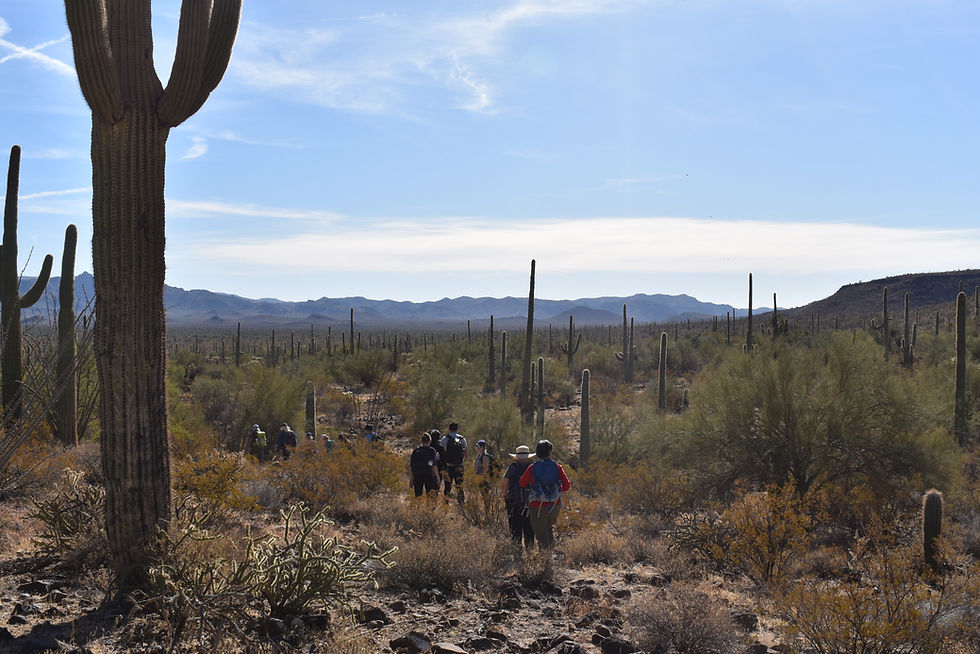Experiences of Mexico
- Benedictine Sisters of Chicago
- Jan 31, 2024
- 3 min read
By Sister Susan Quaintance
During one day of our Monastic Congregation Council meeting at Monasterio Pan de Vida in Torreon, Coahuila, Mexico, S. Judith Zonsius and I had two very powerful – but vastly different – experiences.

The council of the Congregation of St. Scholastica (Sr. Judith Zonsius facing camera, Sr. Susan Quaintance, second from left) met at Monasterio Pan de Vida in January
The first was a panel discussion arranged by Pan de Vida S. Mariana Olivo, with language translation by S. Patricia Henry. Several participants were young people involved with the Zapatista movement, originating in Chiapas. They spoke sincerely about their desire to stand with the poor, those oppressed by the capitalist forces in the world. Introducing themselves and their connection to the work of the community in Torreon, they represented a cross-section of the Zapatistas in the area.
Also speaking that evening were parents whose daughters have been disappeared. They are part of “Forces United for our Disappeared in Coahuila;” there are 7 “chapters” of this group, two of which Mariana works with closely. After telling the stories of their daughters’ disappearances, they answered questions from us visiting sisters.
When asked for an approximate number of disappeared people, they spoke of a government list with 110,000 names on it. Because that high number was embarrassing to the government, the list was recently “revised;” now there are 12,000 names on it. One mother, whose daughter’s name no longer appears on the list (though she has not been found) said, “It’s like she’s been disappeared again.”
The groups routinely take a bus out into rural areas to look for mass graves; local churches offer them hospitality. One mother who was supposed to be a part of the panel was unable to participate because that morning she had found out that some of the remains found recently on one of those trips were those of her daughter.
One of our group asked what we might do for them. Another mother responded, “We would not want anyone to have to walk in our shoes. It is too hard. Please walk in your own shoes, but stand in solidarity with us.”
The panel was a powerful witness of strength, dignity, and faith.

Council members with panelists
Later that evening, we had another experience, equally unique but definitely more joyful. A friend of the Pan de Vida community annually erects a “nativity scene,” but one that outlines all of salvation history. Victor, who is a physician, devotes two full weekends in December to assemble the scenes in a room of his home, with the help of a few family members. Adam and Eve are at the top, and the scenes, complete with lights and waterfalls, proceed from there, illustrating important Old Testament stores like the Burning Bush and the Sacrifice of Isaac. From there the scenes transition to the birth of Jesus and significant New Testament events. All the mysteries of the Rosary are also included.
While the spectacle of the project is impressive, even more striking was the hospitality and warmth shown to us visitors from the U.S. It is clear how much the Pan de Vida sisters are loved and respected by this family and all with whom they live and work. Because we are connected to them through the Monastic Congregation, that same love and respect was shown to us as well.







